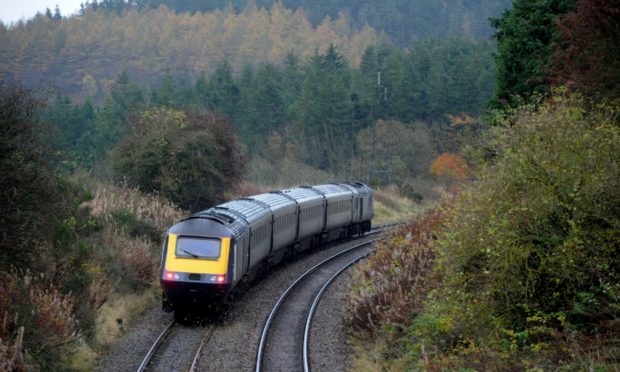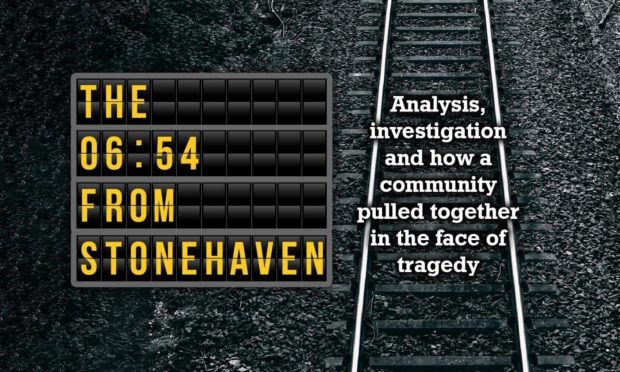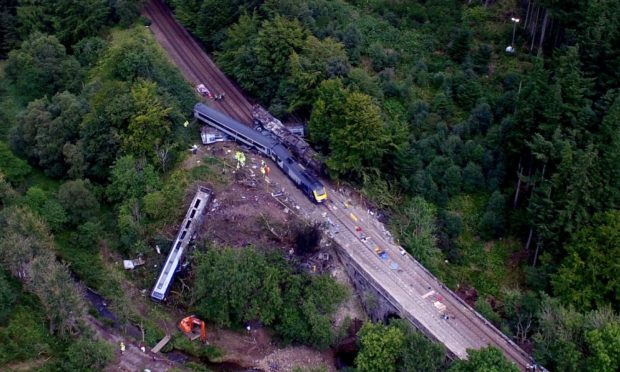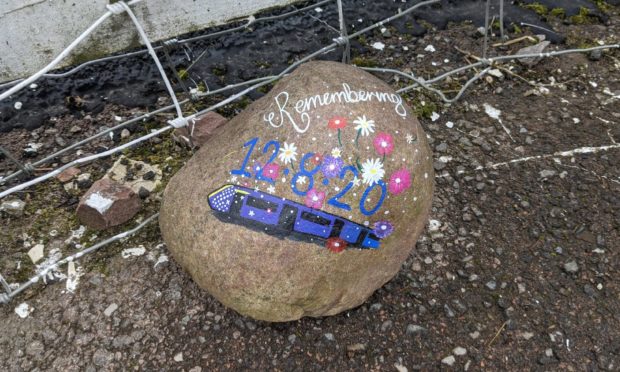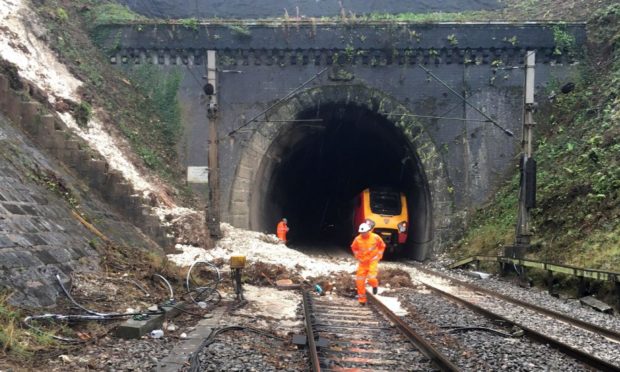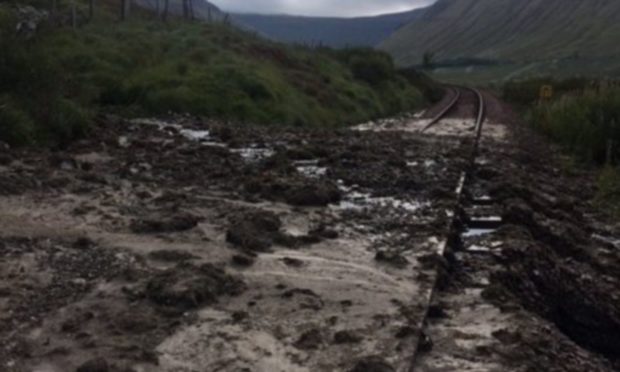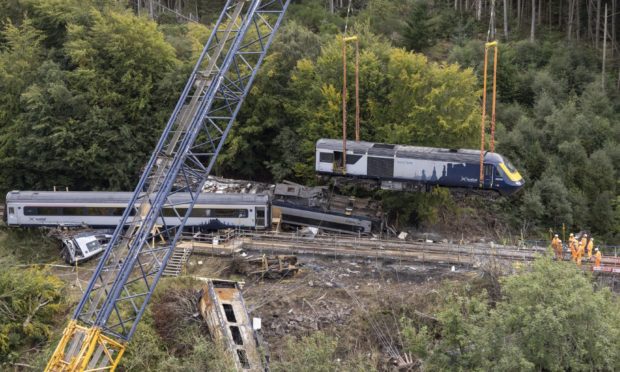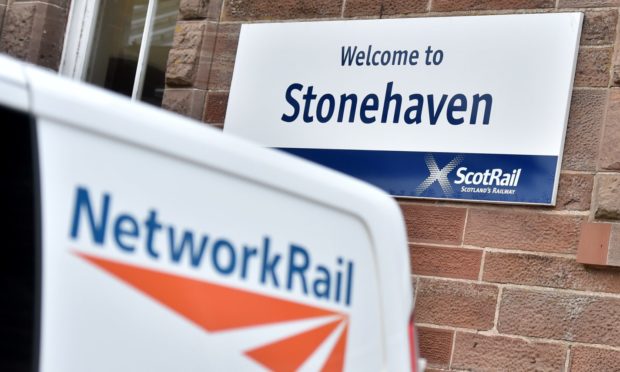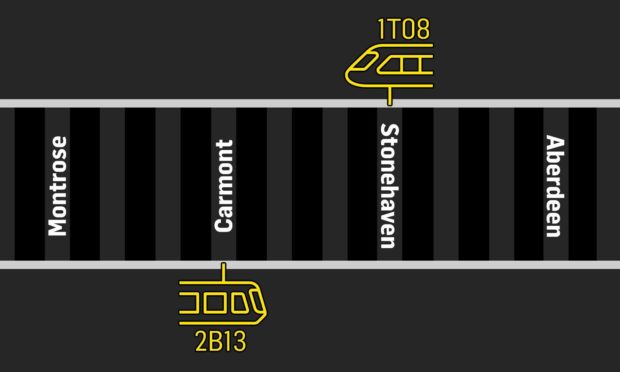Two trains were clocked travelling at more than double the emergency speed limit imposed due to landslip fears – because the drivers were unaware of it.
The incident happened on the stretch of railway line where there was a fatal crash just four months before.
The Rail Accident Investigation Branch has launched an investigation into the incidents on December 4, between Portlethen and Laurencekirk.
A temporary maximum speed of 40mph had been enforced on the line over fears forecasted rain may have caused a landslip.
Despite this, the two morning services – heading from Dundee to Inverness and Inverness to Edinburgh – hit speeds of 100mph.
Signs on the affected stretch was not used to inform drivers of the change, whose only brief was a printed notice as they booked in for their day’s work.
A Network Rail spokesman said: “We are working closely with the RAIB to assist them with their investigation.
“We and ScotRail have already looked into these incidents and have changed and strengthened our collective approach to implementing and keeping to speed restrictions.”
Four months earlier, three men died after a landslip derailed a train at Carmont, west of Stonehaven.
Train conductor Donald Dinnie, driver Brett McCullough and passenger Christopher Stutchbury all died at the scene, while the other six on board were injured.
The crash site is within the stretch covered by the emergency limit imposed last month, though there was not one in force on August 12.
The RAIB has found that neither train driver on December 4 was aware of the emergency speed restriction and the events were only identified after a Network Rail signaller noticed “the relatively short time taken for the second train to pass through”.
No one was hurt and nothing was damaged in the incident.
Investigators found no other trains using the line that day went above the 40mph restriction – but reported that the early-morning drivers had only been notified by a printed notice as they booked on for the day.
The report reads: “Neither of the train drivers was aware of the emergency speed restriction at the time they drove their trains over the affected section of track.
“The events were identified after a Network Rail signaller noticed the relatively short time taken for the second train to pass through the area.
“The first overspeed was then identified using electronic records of train movements.
“Lineside signage was not provided by Network Rail processes applicable to this type of speed restriction.
“After the second overspeed, the method of working was changed so trains were stopped shortly before reaching the restricted area while signallers reminded drivers about the reduced maximum permitted speed.”
In a recent report, the RAIB found the Aberdeen to Glasgow Queen Street service had been travelling at 72.8mph, within the permitted speed that day.
Investigators noted the area had been badly hit by heavy rain – around 75% of the Aberdeenshire’s average monthly rainfall – and the train had hit a landslip and derailed as it moved to return to Stonehaven after a two-hour wait on the track.
